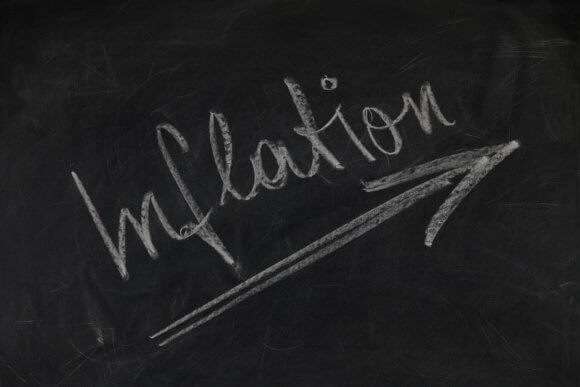Developments in inflation and its determinants
The annual CPI inflation rate consolidated in positive territory, reaching 0.85 percent in June, after having posted a notable increase in Q2 (+0.67 percentage points versus end-Q1). Its path reflected upward domestic pressures, arising from the pick-up in companies’ production costs, whose pass-through into end-user prices for consumer goods is favoured by the opening of the positive output gap.
Adding to these were the pressures associated with some exogenous factors, with an impact on the energy market (natural gas and electricity prices) and on volatile food prices. Under the circumstances, in June, the annual CPI inflation rate stood 0.2 percentage points higher than the value forecasted in the May Inflation Report. At the same time, the average annual HICP inflation rate returned to positive territory (0.2 percent at end-Q2), reflecting, apart from the developments in consumer prices, the dropping out from the index of some changes associated with VAT rate cuts.
The annual CPI inflation rate calculated at constant tax rates1 saw, in its turn, a step-up in Q2 from 1.2 percent in March to 1.9 percent in June, which pushed it inside the variation band of the target (2.5 percent ±1 percentage point). Except for fuel prices, which reflected the steep deceleration in the positive annual dynamics of the oil price, the upward movement in the annual CPI inflation rate at constant tax rates stemmed, to different extents, from all components. Specifically, while the annual rate of change of administered prices turned less negative, the annual dynamics of adjusted CORE2 index, volatile food and tobacco and alcoholic beverages prices accelerated during the quarter.
At end-June 2017, the annual adjusted CORE2 inflation rate rose by 0.4 percentage points versus March, coming in at 1.4 percent (1.6 percent net of the VAT rate effect).
The indicator saw a similar difference of +0.4 percentage points versus the projection in the May Inflation Report. The trend owed especially to food items, amid the faster growth rate of firms’ production costs under the influence of strong wage pressures, alongside the fading out of the disinflationary impact of global commodity prices.
The pass-through of higher production costs into end-user prices was facilitated by the rise in excess demand in the economy, with competitive pressure among both retailers and producers acting in the opposite direction.
The advance seen by labour productivity in the first three months of 2017 was surpassed by the faster increase in the compensation of employees; under the circumstances, the annual dynamics of unit labour costs economy-wide rose from an average 5.2 percent in the previous year to 8.3 percent, with trade and public services reporting the largest hikes.
In industry, the annual growth rate of unit wage costs slowed down (to 4.5 percent in April-May), mainly as a result of productivity gains, largely associated with the investment flows recently benefiting the sector, with an impact on the technological intensity of the production process. Consumer goods industries continue, however, to see particularly fast annual rates of increase of unit wage costs (around 20 percent). The effects, which are already visible in producer prices, are expected to gradually feed through into consumer prices too, as the disinflationary influence exerted by the external environment fades away and the domestic absorption expands swiftly.
For further information please consult: NBR- Inflation Report published on 4th of August

